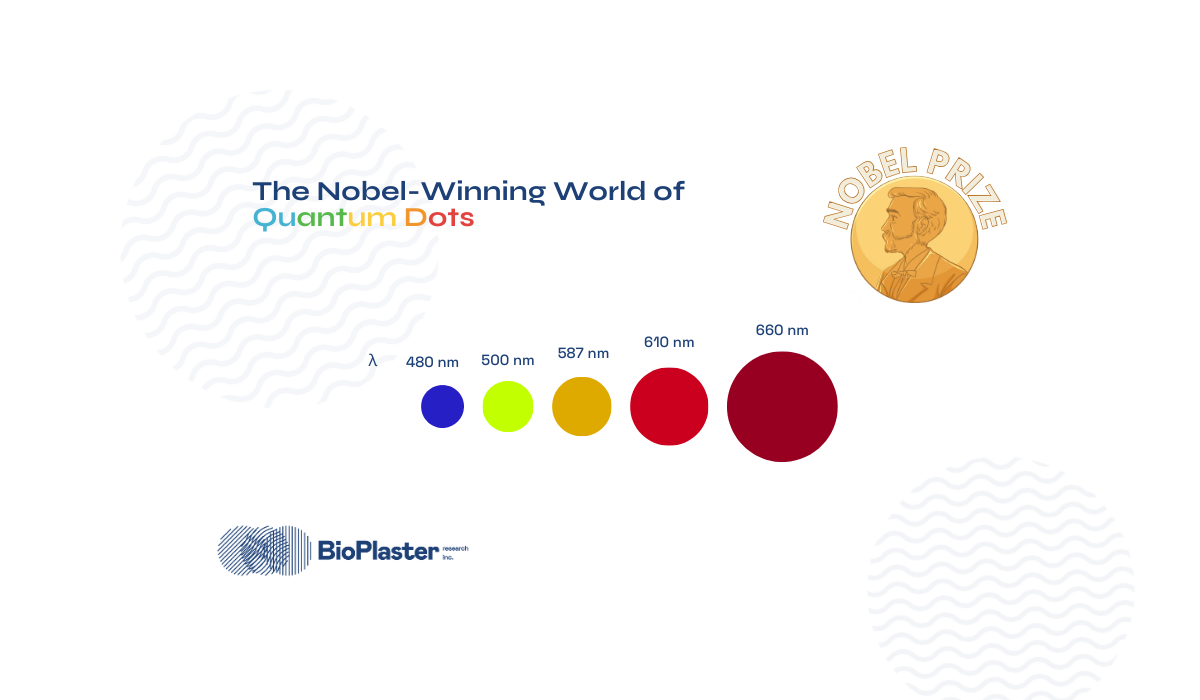The answer isn't as simple as it seems. This material has become an invisible protagonist in our daily routines, providing us with comfort, protection and efficiency in a wide range of applications. However, its growing presence in the environment has raised crucial questions about its impact and sustainability.
But what is EPS? EPS is a type of stable low-density foam obtained from the fusion of styrene, a simple molecule derived from petroleum, which, with the aid of water vapor and an expander, is inflated to obtain 98% air spheres and 2% material, a composition that provides very useful characteristics, such as low water absorption, thermal properties, lightness and cushioning capacity in impacts [1].

These characteristics are ideal for application in a large number of fields, so it is almost impossible for us not to be in contact with it in our daily lives; from the packaging of fragile products to their use in construction; expanded polystyrene has proven to be a “loyal friend”, ensuring that our most precious objects arrive safely and that our homes are kept comfortable.m
In the construction sector, EPS aims to reduce the structural weight of walls and ceilings in prefabricated parts with improved thermal/acoustic insulation properties [2]. On the other hand, EPS plays a major role in the production of food containers, thermal insulation in household appliances, even in the medical industry, where it becomes essential for transporting organs and blood for transplants, as well as drugs that require maintaining a low temperature until reaching their destination [1.3].
The wide variety of uses that this material has is reflected in its consumption, and the fact is that, in 2022, according to Ceresana (one of the main B2B market research institutes specializing in bioeconomy, plastics and packaging), around 7.2 million tons of EPS were consumed worldwide [4]. Similarly, it is estimated that 47.9% of the EPS consumed is used in the packaging industry [3].
It sounds like a wonderful product that came to make our lives easier, doesn't it? And it's no wonder, its characteristics offer us endless possibilities, however, EPS is positioned as a double-edged sword, since this material has a great environmental impact given its extremely slow degradability, combined with the lack of infrastructure for its recycling.
Nowadays, there are a large number of studies that demonstrate how harmful the use of expanded polystyrene can be due to the large amount of accumulated waste that it leaves behind during and after its useful life. Clearly, this problem has led several organizations to seek to give a second life to these scraps, providing interesting and functional options, such as improving the properties of asphalt concrete through the addition of crushed polystyrene scraps [5], or obtaining fuels and adhesives from the treatment of EPS waste [6]. However, projects of this nature do not seem to be scalable solutions considering the large volume of current EPS consumption.
The production of EPS and its imminent arrival (like most waste) at landfills is reflected in a linear economy model (see figure 1). This type of economy is based on taking the necessary resources, manufacturing the goods that will be sold, making a profit, and getting rid of everything that is not needed, including the product at the end of its life cycle [7].

And it seems that the benefits provided by this material are directly proportional to the problems it brings, but is the outlook for the use of EPS really that bad? It's a complicated question to answer, yet the impact it has on the environment is undeniable. For example, EPS waste deposited in a landfill contributes to global warming due to a slow degradation of up to 500 years in the open air [1]. And that's not all, and the fact is that EPS tends to end up in oceans around the world, giving rise to another problem, which is the micro and nanoplastic production in oceans through photodegradation of EPS by sunlight [9]. These types of plastics end up in the food chain, mainly in marine ecosystems, but there are concerns about the presence of plastic waste as part of human consumption [10].
As has been observed, the use of EPS brings with it serious problems, which is why it is essential to implement alternatives that provide us with the same benefits but that at the same time allow us to eliminate and/or reduce the environmental disadvantages of the production and use of single-use petroleum-based products. There are several projects that seek the development and implementation of biodegradable options, however, these are up to 60% more expensive than petroleum-based options.
At BioPlaster Research we have developed GreenShell, a solid foam whose formulation is made from a mixture of natural polymers that uses sargassum collected in the Caribbean Sea as a key raw material. GreenShell not only seeks to be an alternative to EPS, providing a solution to the environmental problems triggered by it, but it also seeks to transform a problem such as Massive arrival of Sargasso (which negatively affects coastal communities) in a material with properties similar to and even superior to EPS, with competitive prices to EPS.
References
- Mollehuara, M.A., Cuadrado, A.R., Vidal, V.L., & Camargo, S.D. (2022). Systematic review: Analysis of the use of D-limonene to Reduce the Environmental Impact of Discarded Expanded Polystyrene (EPS). IOP Conference Series: Earth and Environmental Science, 1048 (1), 012003. https://doi.org/10.1088/1755-1315/1048/1/012003
- Prasittisopin, L., Termkhajornkit, P., & Kim, Y. H. (2022). Review of concrete with expanded polystyrene (EPS): Performance and environmental aspects. In Journal of Cleaner Production (Vol. 366, p. 132919). Elsevier. https://doi.org/10.1016/j.jclepro.2022.132919
- Marten, B., & Hicks, A. (2018). Expanded Polystyrene Life Cycle Analysis Literature Review: An Analysis for Different Disposal Scenarios. In Sustainability (United States) (Vol. 11, Issue 1, pp. 29—35). Mary Ann Liebert, Inc. 140 Huguenot Street, 3rd Floor New Rochelle, New Rochelle, NY 10801 USA. https://doi.org/10.1089/sus.2017.0015
- Ceresana. (2023). Expandable Polystyrene Market Report. https://ceresana.com/en/produkt/expandable-polystyrene-market-report
- Akter, R., & Raja, R.M. (2022). Effectiveness Evaluation of Shredded Waste Expanded Polystyrene on the Properties of Binder and Asphalt Concrete. Advances in Civil Engineering, 2022. https://doi.org/10.1155/2022/7429188
- Uttaravalli, A.N., Dinda, S., & Gidla, B.R. (2020). Scientific and engineering aspects of potential applications of post-consumer (waste) expanded polystyrene: A review. In Process Safety and Environmental Protection (Vol. 137, pp. 140—148). Elsevier. https://doi.org/10.1016/j.psep.2020.02.023
- Sariatli, F. (2017). Linear Economy Versus Circular Economy: A Comparative and Analyzer Study for Optimization of Economy for Sustainability. Visegrad Journal on Bioeconomy and Sustainable Development, 6 (1), 31—34. https://doi.org/10.1515/vjbsd-2017-0005
- Hidalgo-Crespo, J., Jervis, F.X., Moreira, C.M., Soto, M., & Amaya, J.L. (2020). Introduction of the circular economy to expanded polystyrene household waste: A case study from an Ecuadorian plastic manufacturer. Procedia CIRP, 90, 49—54. https://doi.org/10.1016/j.procir.2020.01.089
- Song, Y. K., Hong, S.H., Eo, S., Han, G.M., & Shim, W.J. (2020). Rapid Production of Micro- And Nanoplastics by Fragmentation of Expanded Polystyrene Exposed to Sunlight. Environmental Science and Technology, 54 (18), 11191—11200. https://doi.org/10.1021/acs.est.0c02288
- Xanthos, D., & Walker, T.R. (2017). International policies to reduce marine plastic pollution from single-use plastics (plastic bags and microbeads): A review. In Marine Pollution Bulletin (Vol. 118, Numbers 1—2, pp. 17—26). Pergamon. https://doi.org/10.1016/j.marpolbul.2017.02.048
Our Blog
At Bio+ we share relevant articles, research and news about innovation in bioplastics, sustainability and the environmental impact of materials. Find out how we're working for a more regenerative future.


